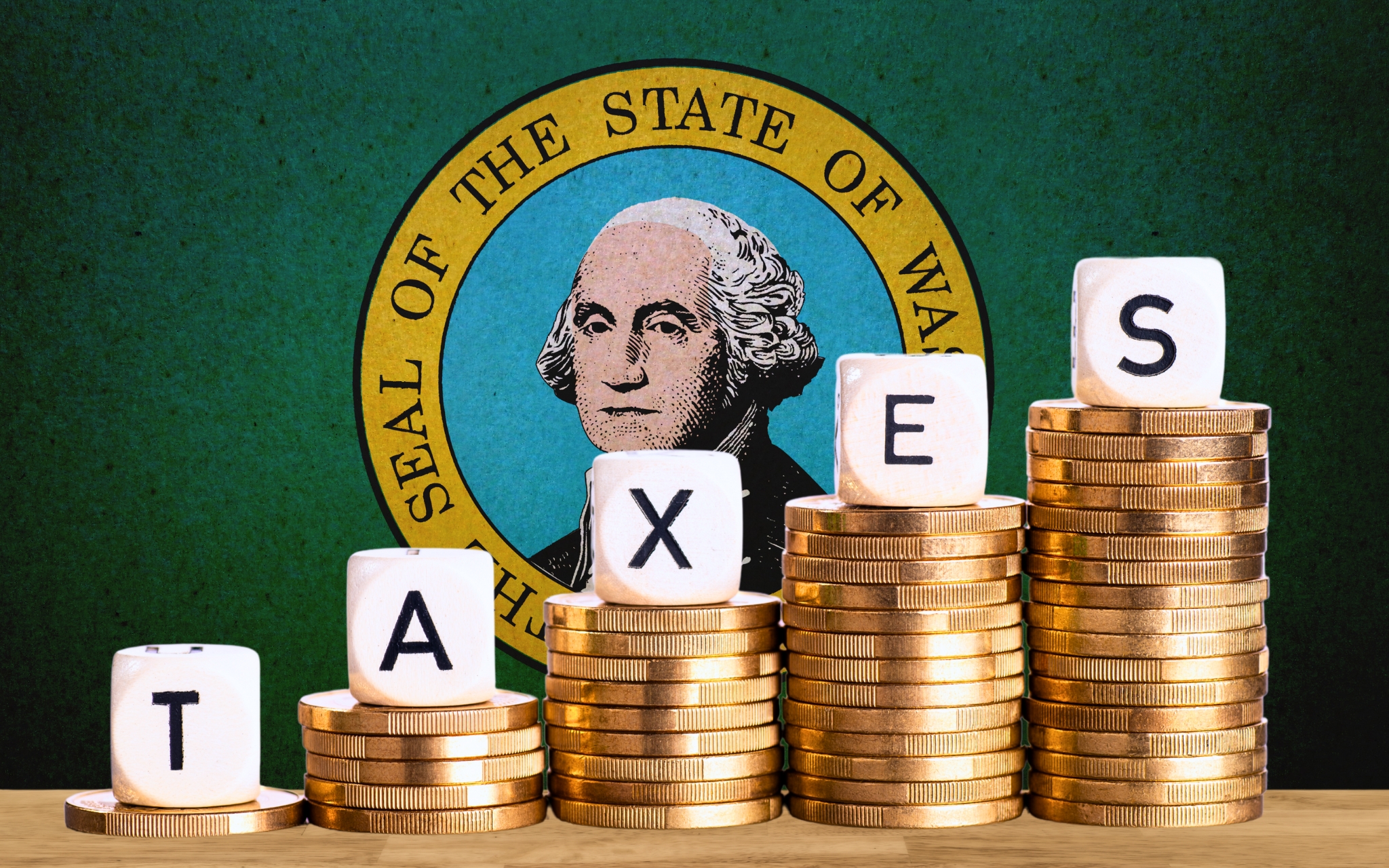Related Articles
Relevant Topics
By a vote of 47-0, on March 7 the Senate adopted ESB 5843: Strengthening the review of the legislature's goals for tax preferences. This bill would require explicit legislative intent for new tax preferences and require performance metrics to help evaluate their impact. These policies reflect the advice I provided the Senate Ways and Means Committee during my testimony on various tax increase proposals on February 14. ESB 5843 has been referred to the House Finance Committee for consideration.
According to the intent section of ESB 5843:
The legislature finds that the tax code of Washington state includes tax preferences enacted to achieve a variety of policy goals for the public interest. To measure the effectiveness of a specific tax preference in meeting these goals, the legislature has adopted processes and accountability measures, including such requirements as a tax exemption study in RCW 43.06.400, review by the citizen commission for performance measurement of tax preferences in chapter 43.136 RCW, and taxpayer reporting in chapter 82.32 RCW.
In order to make policy choices going forward regarding the best use of limited state resources, the legislature concludes that it is necessary to articulate the legislative intent for each tax preference and enact an expiration date where applicable.
The bill would accomplish these goals by requiring:
. . . any bill introduced in either the house of representatives or the senate that adopts a new tax preference or expands or extends an existing tax preference, the bill must include legislative intent provisions, establishing the policy goals and any related metrics that might provide context and/or data for purposes of reviewing the preference under chapter 43.136 RCW.
The original version of ESB 5843 would have also prevented a new tax preference from taking effect if it didn’t comply with these provisions. As a result of the State Supreme Court’s ruling in “League of Education Voters, et al v. State of Washington, et al,” which invalidated the state’s supermajority for taxes requirement, that requirement from the bill was likely unconstitutional (conditioning passage of a bill on something other than a constitutional majority vote).
I raised this new constitutional concern with legislative staff. Prior to full passage by the Senate, a striker amendment was enacted which removed the constitutional suspect provision of the bill.
According to the summary of the striker amendment adopted:
Strikes provisions in underlying bill that attempted to render future tax preferences null and void if they failed to comply with the requirements of this act.
One amendment the House may want to consider adding to ESB 5843 is requiring creation of a “Tax Preference Performance Statement” before a hearing or a vote can occur on a bill that creates or expands or extends and existing tax preference. A “Tax Preference Performance Statement” could require the following information be made publicly available before legislative action on a tax preference bill:
- What is the intended purpose?
- What are the performance measures to monitor success in achieving the intended purpose?
- Who actually benefits (direct/indirect)?
- What are the planning, record keeping, reporting, and other compliance costs for taxpayers in using the preference?
- Which of the tax preference categories does the preference fall in?
Tax preferences could then be grouped in one of the following categories:
- Influence behavior (Example: RCW 82.08.963 - Solar energy equipment)
- Improve industry competitiveness (Example: RCW 82.08.02565 - Manufacturing machinery)
- Create or retain jobs (Example: RCW 82.04.4461 - Aerospace product development)
- Reduce double taxation/pyramiding (Example: RCW 82.04.440(2&3) - Multiple activities, instate)
- Direct financial assistance (Example: RCW 84.38.030 - Senior citizens tax deferral)
After tax preferences have been grouped into these categories, the current tax preference review process occurring by the Joint Legislative Audit and Review Committee (JLARC) could be directed go through each preference in that category and identify those without explicit legislative intent or stated policy goal. JLARC could start the review in the category with the highest cumulative dollar amount. Before starting the next category review JLARC could submit a report to the legislature with the recommendation that the legislature adopt explicit intent/policy goal. For those with stated intent/policy goal JLARC should follow the current review process required in RCW 43.136.
While the ultimate goal for lawmakers should be for the state’s tax system to reflect sound principles of taxation based on the motto “A fair field and no favors,” if tax preferences are to be used they should specify explicit legislative intent and have measurable performance goals as proposed by ESB 5843.




